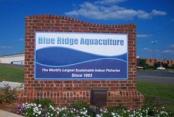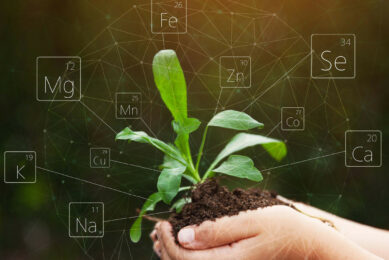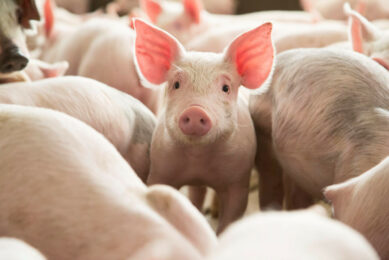Alltech day 2: Blue Ridge Aquaculture as role model

The second day of the Alltech symposium is traditionally marked with the different animal species sessions. As aquaculture is growing and innovating every year, the aquaculture session was again a popular one to visit for the attendees.
William Martin from Blue Ridge Aquaculture in Virginia, USA gave the audience insight in how he sees the sustainable way forward for aquaculture farms. Being the largest tilapia producer in the US and the biggest indoor fish producer worldwide, Blue Ridge knows how what it is talking about and can certainly be defined as a role model for the industry. Besides the fact that Blue Ridge does not use growth hormones or antibiotics of any kind, Martin further defined two pillars on which aquaculture has to focus to remain sustainable and profitable in the future.
Protein waste
Firstly, fish feed has to become more efficient. Knowing that a 46% protein feed results in 20% protein in the waste (fecal) product of the animals, it is obvious that much protein is lost and not used efficiently enough. Solutions should be sought in finding more different protein options and do more research on feed efficiency of different fish species. Martin said that much profit can be won here.
Recirculation tanks
The second important green pillar is keeping more fish indoors in controlled basins. Still many fish are kept in coast sea cages and net pens. These types of housing are getting more expensive and pose a risk to the environment as mineral rich fecal and feed waste enter the environment directly and in turn disturbing the local flora and fauna. Martin said that indoor recirculation tanks can be much better controlled with posing almost no damage to the environment. He also mentioned that the size of aqua projects are getting bigger and more knowledge is being gained of breeding salt water fish (such as salmon) in tanks instead of sea cages.
10,000 pounds annually
Blue Ridge Farm is extremely ambitious. Currently the farm is producing 4 million pounds of fish annually. The aim is to produce over 10 million pounds in the near future. When this number is reached, the farm wants to have a fully closed system, meaning that it will have its own fish feed production facilities on side. This again is a sustainable approach as no feed has to be imported bringing the carbon footprint significantly down. Martin explained that Blue Ridge Aquaculture has launched several new farms over the last few years. These are the Virginia Shrimp Farm, the West Virginia Salmon and Trout Farm and the Virginia Cobia Farm.
Related website:
Blue Ridge Aquaculture











